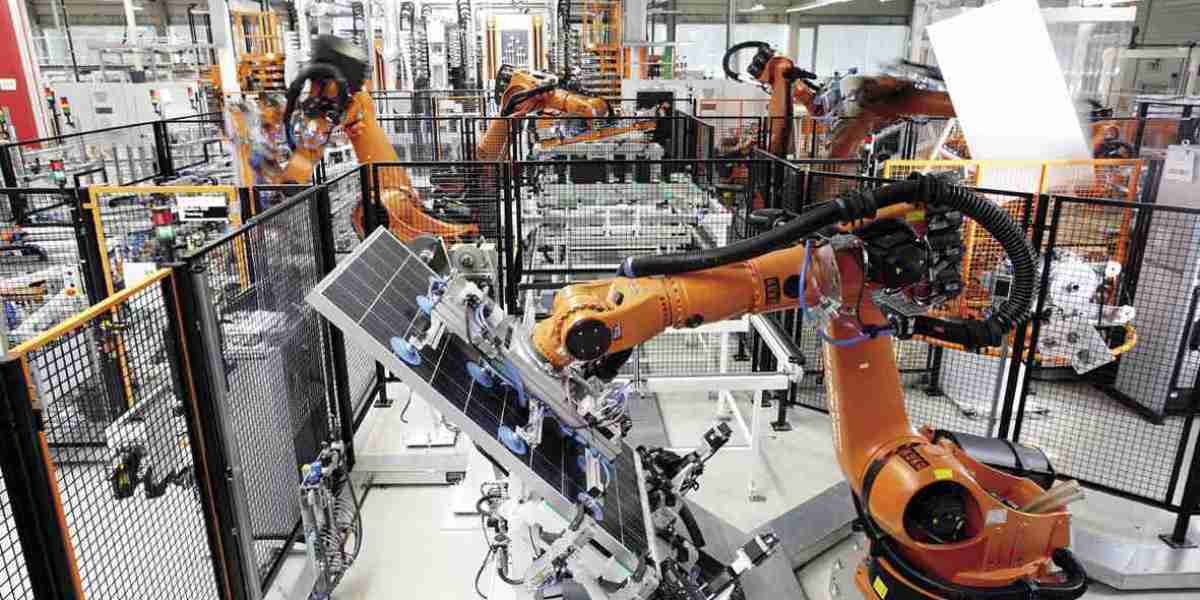Automation systems have revolutionized industries, making processes faster, more accurate, and cost-effective. However, designing these systems is no walk in the park. Engineers face various challenges, from integrating diverse components to ensuring system scalability and meeting evolving demands. If you're looking for solutions to improve your industrial automated systems, understanding these challenges can help you make informed decisions. Let’s dive into the major hurdles and how engineers tackle them.
1. Understanding Automation System Requirements
The Need for Detailed Specifications
One of the first challenges in designing an automation system is understanding the client’s specific needs. Every industry has unique requirements, and a one-size-fits-all approach doesn’t work here. Engineers must gather detailed specifications to ensure the system meets performance, safety, and operational goals.
Balancing Complexity and Simplicity
Clients often desire systems that are both sophisticated and user-friendly. Striking this balance is no easy task. Over-complicating the design can confuse users, while oversimplification might limit functionality.
2. System Integration Challenges
Bringing Diverse Technologies Together
Modern automation systems often integrate components from different vendors, such as sensors, controllers, and software. Ensuring seamless communication and compatibility between these components can be a significant hurdle.
Dealing with Legacy Systems
Many companies still use legacy systems that need to work alongside new automation solutions. Engineers must ensure these old systems can integrate without compromising performance or reliability.
3. Ensuring Scalability
Planning for Future Growth
Businesses evolve, and their needs grow. Engineers must design systems that can scale up without requiring a complete overhaul. This requires foresight and flexible system architecture.
Balancing Cost and Scalability
While scalability is crucial, it often comes with higher upfront costs. Engineers must strike a balance between immediate budget constraints and long-term scalability to ensure the system delivers value over time.
4. Cybersecurity in Automation Systems
Protecting Against Cyber Threats
As automation systems increasingly rely on digital networks, cybersecurity becomes a critical concern. Hackers can exploit vulnerabilities in automation systems to disrupt operations or steal sensitive data.
Implementing Robust Security Measures
Designing systems with robust encryption, secure authentication methods, and regular software updates is essential to minimize security risks. Engineers must stay updated on the latest cybersecurity trends to protect their systems.
5. Addressing Real-Time Performance Requirements
The Need for Speed and Accuracy
Automation systems often need to operate in real-time, processing data and making decisions within milliseconds. Meeting these performance requirements can be a daunting task, especially in industries like manufacturing and healthcare.
Optimizing System Efficiency
Engineers must ensure that the hardware and software work harmoniously to deliver maximum efficiency. This often involves fine-tuning algorithms, reducing latency, and optimizing resource usage.
6. Managing Costs Without Compromising Quality
Budget Constraints in Automation Projects
Clients often have tight budgets for automation projects, which can limit the choice of components, software, and design features.
Finding Cost-Effective Solutions
Engineers must identify innovative ways to deliver high-quality systems within budget. This may involve using open-source software, selecting cost-efficient hardware, or simplifying certain design elements.
7. Human-Machine Interface (HMI) Challenges
Designing User-Friendly Interfaces
A poorly designed HMI can lead to user frustration and operational errors. Engineers must create interfaces that are intuitive, visually appealing, and easy to navigate.
Customizing Interfaces for Different Users
Different users, such as operators, managers, and technicians, have unique requirements. Creating interfaces that cater to all user groups can be a complex task.
8. Testing and Validation
Ensuring System Reliability
Automation systems must be thoroughly tested to ensure they perform as expected under various conditions. This involves testing individual components and the system as a whole.
Identifying and Fixing Bugs
Even minor bugs can have significant consequences in automation systems. Engineers must meticulously identify and resolve any issues before deployment.
9. Adapting to Rapid Technological Advancements
Keeping Up with Emerging Technologies
The field of automation is constantly evolving, with new technologies and methodologies emerging regularly. Engineers must stay ahead of the curve to design state-of-the-art systems.
Incorporating AI and Machine Learning
Artificial intelligence (AI) and machine learning (ML) are playing an increasingly important role in automation. Integrating these technologies into systems requires specialized skills and expertise.
10. Environmental and Regulatory Considerations
Designing Eco-Friendly Systems
Sustainability is becoming a top priority for many organizations. Engineers must design systems that minimize energy consumption and reduce environmental impact.
Meeting Industry Regulations
Automation systems must comply with industry-specific regulations and standards. Ensuring compliance can be a time-consuming and challenging process, especially in highly regulated industries like healthcare and aviation.
11. Workforce Training and Adoption
Bridging the Skills Gap
Implementing an automation system often requires employees to learn new skills. Engineers must provide adequate training to ensure a smooth transition.
Encouraging Employee Buy-In
Resistance to change is common, especially when automation replaces traditional processes. Clear communication and demonstrating the benefits of the system can help gain employee support.
12. Conclusion
Designing automation systems is a complex process filled with challenges, from understanding client requirements to addressing cybersecurity risks and ensuring scalability. However, by staying updated on the latest technologies and maintaining a problem-solving mindset, engineers can overcome these hurdles and deliver innovative solutions.




